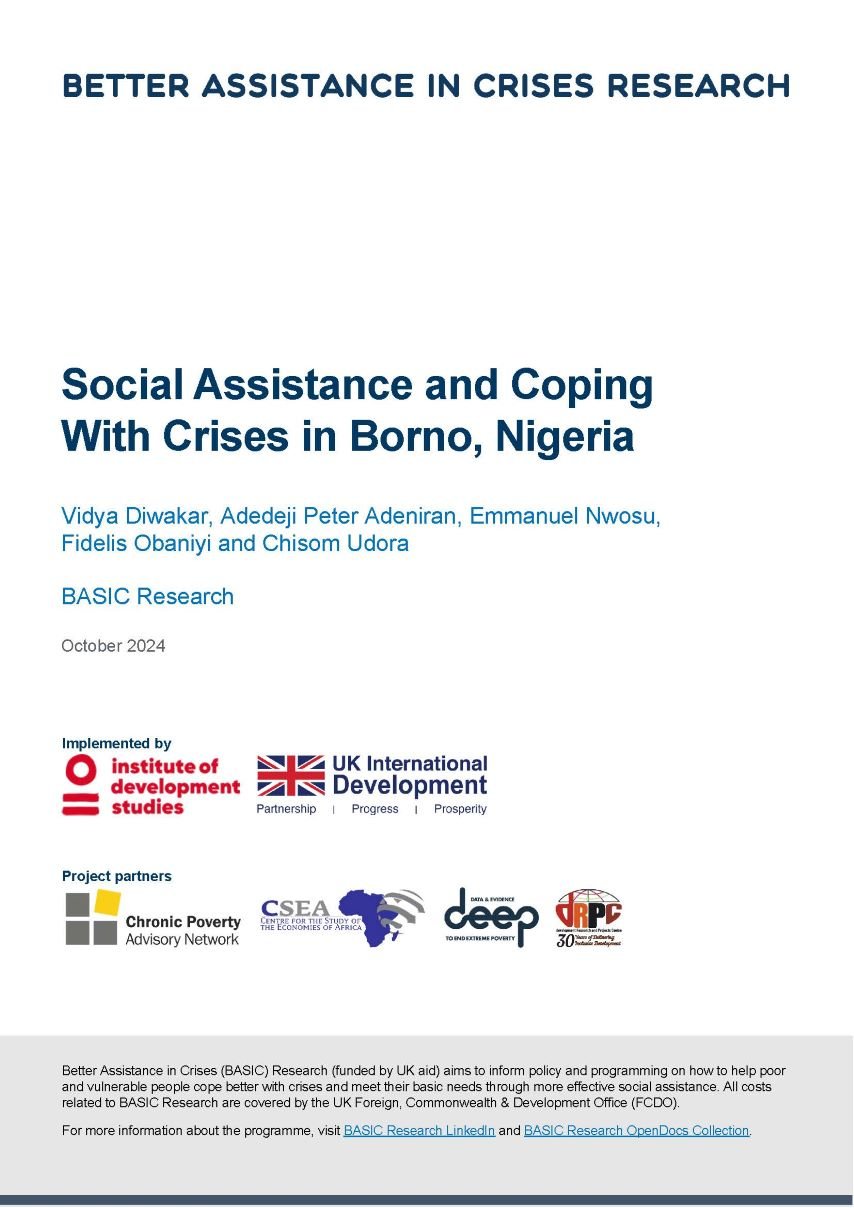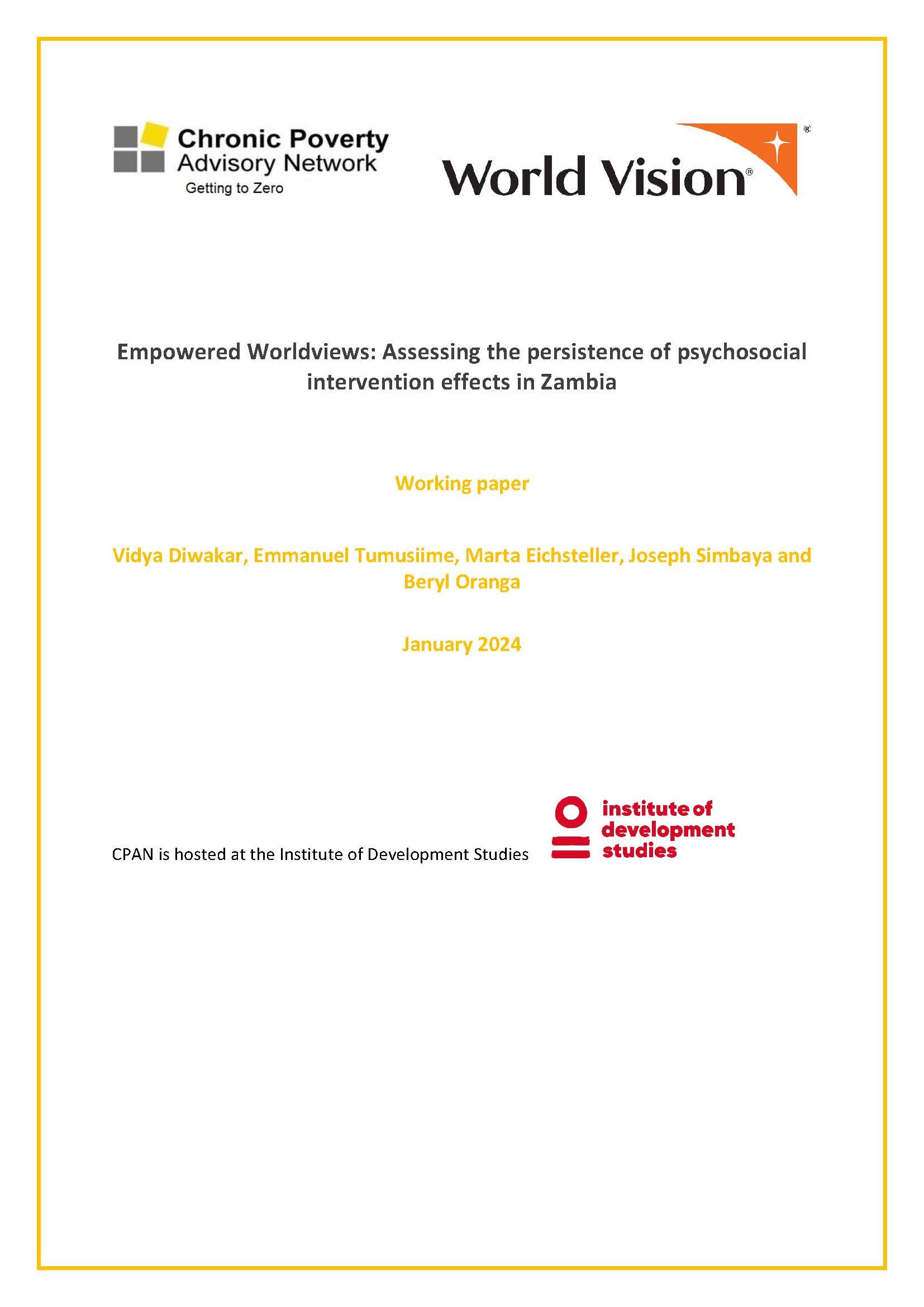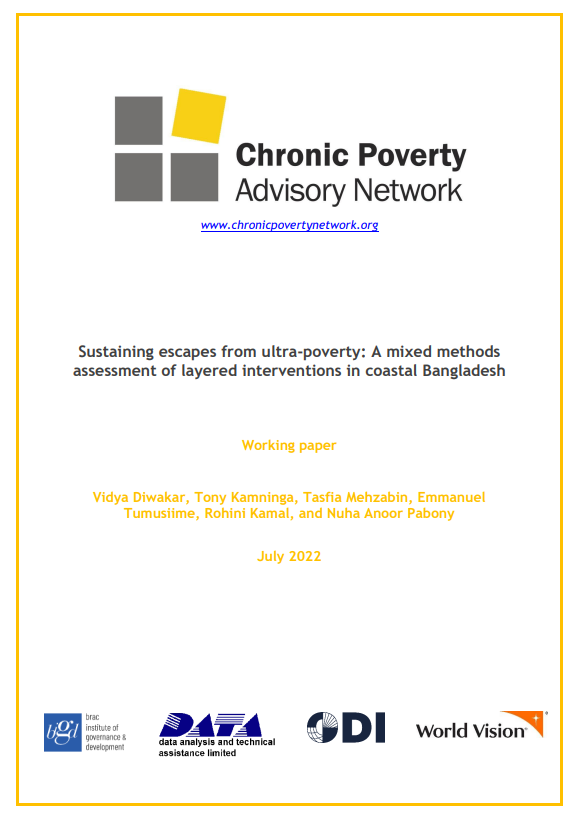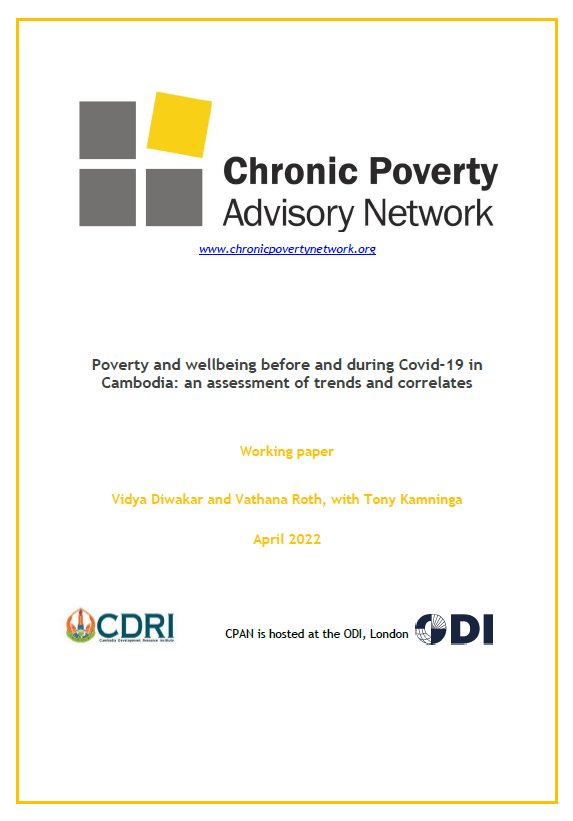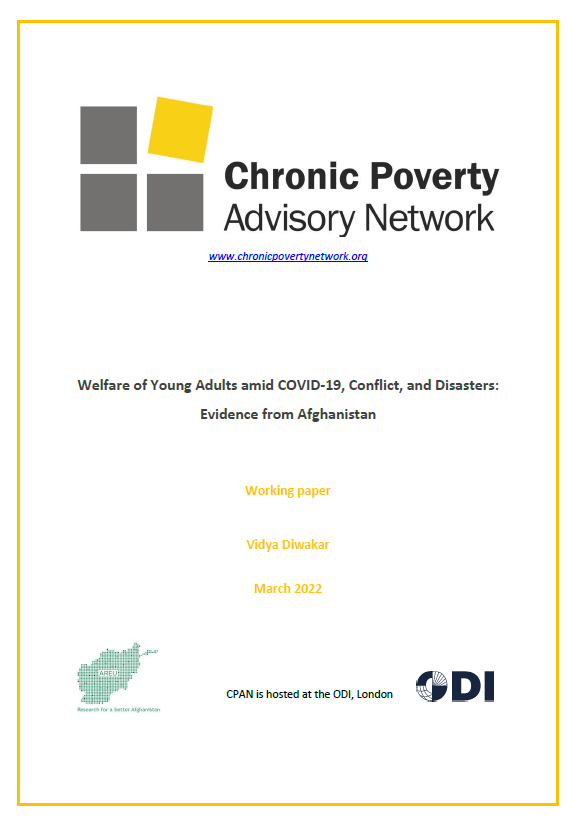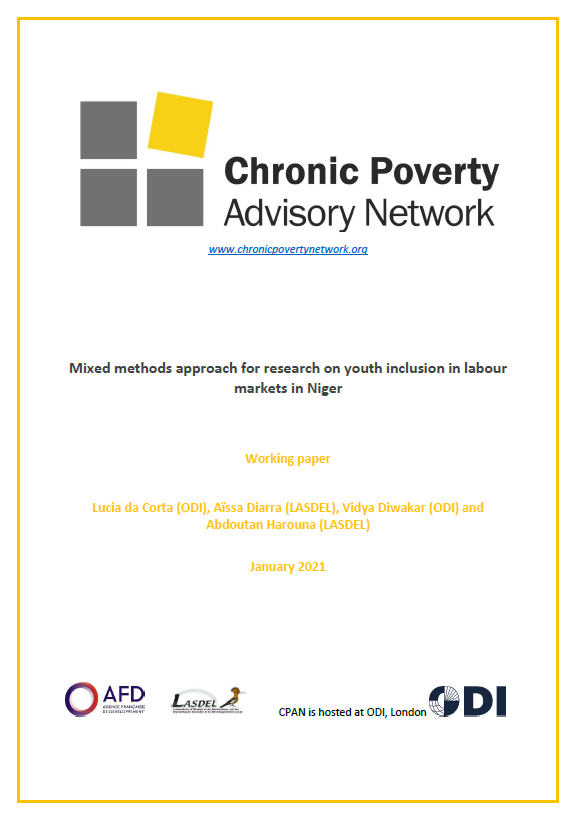The psychosocial dimensions of poverty have long been recognised, but psychosocial factors are rarely included in development frameworks as diagnostics or as interventions to address poverty. Religion and/or faith is also broadly recognized as having the potential to affect mindsets and constraints to economic wellbeing, but faith dimensions are rarely included in poverty interventions. This is consistent with gaps in the wider literature on faith in development and in empirical evidence on faith in development programming. A review of the literature indicates that a lack of established faith and economic development frameworks might contribute to this evidence gap. Faith and psychological attributes are also difficult to measure, likely contributing to the gap in evidence-based faith-oriented models.
CPAN partnered with World Vision, a Christian humanitarian organization, to conduct an evaluation of the efficacy of its faith-based approach called Empowered Worldview (EWV). The EWV approach seeks to address ‘dependency mindsets and promote empowerment among smallholder farmers living in poverty’. We conducted a literature review to inform a conceptual framework of the potential pathways of change and outcome measures of an EWV intervention in livelihoods improvement programming. We also empirically tested the framework in Zambia on World Vision’s THRIVE programme (Transforming Household Resilience in Vulnerable Environments). THRIVE is an integrated livelihoods programme that includes EWV as a core approach—in addition to savings for transformation, natural resource management, farming as a Business, disaster risk reduction and microfinance interventions.
Three hypotheses tested in the study:
1. Households trained in EWV are more likely to have positive mindsets (are empowered) than households not trained in EWV with regards to hope, identity, self-esteem and aspirations of economic/social well-being.
2. EWV interventions positively influence a household’s response to livelihood options, agency, and valuable social relationships leading to economic empowerment.
3. EWV interventions have a positive, statistically significant effect on livelihoods (THRIVE) results, including subjective well-being, income change, resilience, and child well-being.
Authors: Amanda Lenhardt, Vidya Diwakar, Joseph Simbaya, Emmanuel Tumusiime
Download the report here.
Download the technical brief here.
This project has been commissioned and is funded by World Vision.

